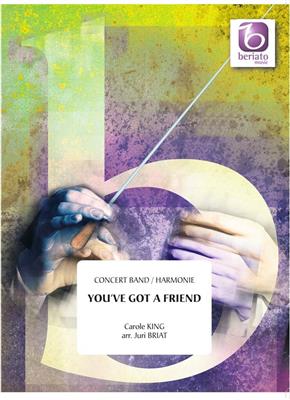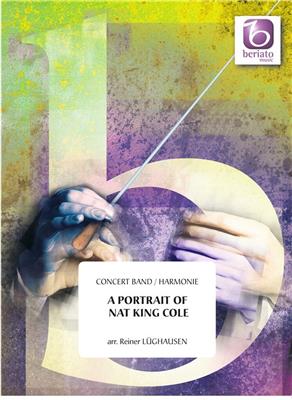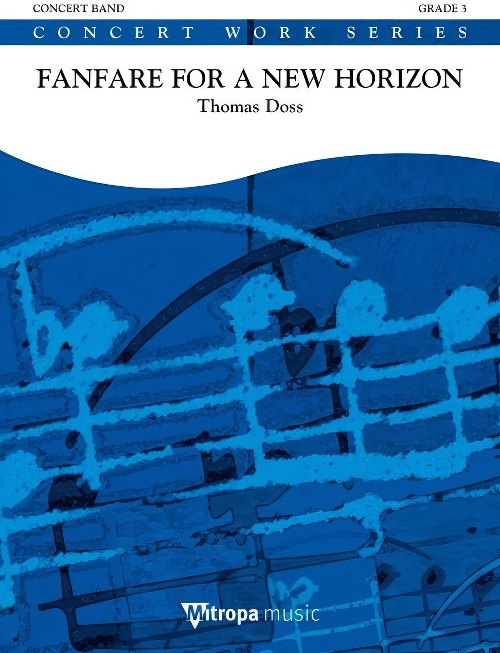Results
-
 £89.99
£89.99You've Got A Friend - Carole King
The absolute top slow number of the Eighties sung by Roberta Flack. She is not perhaps so well known among younger people, but she has her place in history as one of the absolute divas of the world. Back into time, the interlude in your concerts.
Estimated dispatch 7-14 working days
-
 £109.99
£109.99A Portrait Of Nat King Cole - Nat King Cole
Some of the world hits of the jazz musician, singer, pianist and actor Nat King Cole have been arranged by Reiner Lghausen because they are so unforgettable. Who does not know Unforgettable , Fly me to the Moon , Mona Lisa , and Lazy, Dazy, Crazy? This arrangement was instrumented with the period in which it was originally performed in mind, with the typical compact wind section of the time for example.
Estimated dispatch 7-14 working days
-
 £84.99
£84.99Canto a UNICEF - Ferrer Ferran
Canto to UNICEF was composed to mark the 50th anniversary of UNICEF. The melody is dedicated to all those children who have grown up with very little love and must live in countries where the welfare service we take for granted do not exist. This large scale work is extremely moving and will guarantee the full attention of your audience.
Estimated dispatch 7-14 working days
-
£84.99
Canto a UNICEF Wind Band Set (Score & Parts)
Canto to UNICEF was composed to mark the 50th anniversary of UNICEF. The melody is dedicated to all those children who have grown up with very little love and must live in countries where the welfare service we take for granted do not exist. This large scale work is extremely moving and will guarantee the full attention of your audience. 03:45
Estimated dispatch 7-14 working days
-
 £104.99
£104.99Fanfare for a New Horizon (Concert Band - Score and Parts) - Doss, Thomas
This fanfare stands for progress and the discovery of new horizons. But it also represents an expanding awareness while nurturing traditional values. These are the cornerstones of the Austrian music tradition and not least of all in social and amateur music, which must be preserved the world over for future generations.Duration: 4:50
Estimated dispatch 7-14 working days
-
£54.99
The Baltimore Sun - A. Buglione
Note: This is a reprint from a vintage publication of 1898. No conductor score is published for this work. The Solo Cornet part serves as a conductor guide.Due to the era of this work, saxophone and double-reed parts are not published. Parts for Eb Horns are included; no F Horn parts are published for this work. If a C Piccolo/C Flute part was not published originally, one has been subsequently added by our editorial staff.
Estimated dispatch 7-14 working days
-
£54.99
Fourth U. S. Artillery - A. Buglione
Note: This is a reprint from a vintage publication of 1898. No conductor score is published for this work. The Solo Cornet part serves as a conductor guide.Due to the era of this work, saxophone and double-reed parts are not published. Parts for Eb Horns are included; no F Horn parts are published for this work. If a C Piccolo/C Flute part was not published originally, one has been subsequently added by our editorial staff.
Estimated dispatch 7-14 working days
-
£54.99
Evening Serenade - A. Buglione
Note: This is a reprint from a vintage publication of 1898. No conductor score is published for this work. The Solo Cornet part serves as a conductor guide.Due to the era of this work, saxophone and double-reed parts are not published. Parts for Eb Horns are included; no F Horn parts are published for this work. If a C Piccolo/C Flute part was not published originally, one has been subsequently added by our editorial staff.
Estimated dispatch 7-14 working days
-
£54.99
Under One Flag - A. Buglione
Note: This is a reprint from a vintage publication of 1900. No conductor score is published for this work. The Solo Cornet part serves as a conductor guide.Due to the era of this work, saxophone and double-reed parts are not published. Parts for Eb Horns are included; no F Horn parts are published for this work. If a C Piccolo/C Flute part was not published originally, one has been subsequently added by our editorial staff.
Estimated dispatch 7-14 working days
-
£54.99
Prosperity - A. Buglione
Note: This is a reprint from a vintage publication of 1902. No conductor score is published for this work. The Solo Cornet part serves as a conductor guide.Due to the era of this work, saxophone and double-reed parts are not published. Parts for Eb Horns are included; no F Horn parts are published for this work. If a C Piccolo/C Flute part was not published originally, one has been subsequently added by our editorial staff.
Estimated dispatch 7-14 working days
